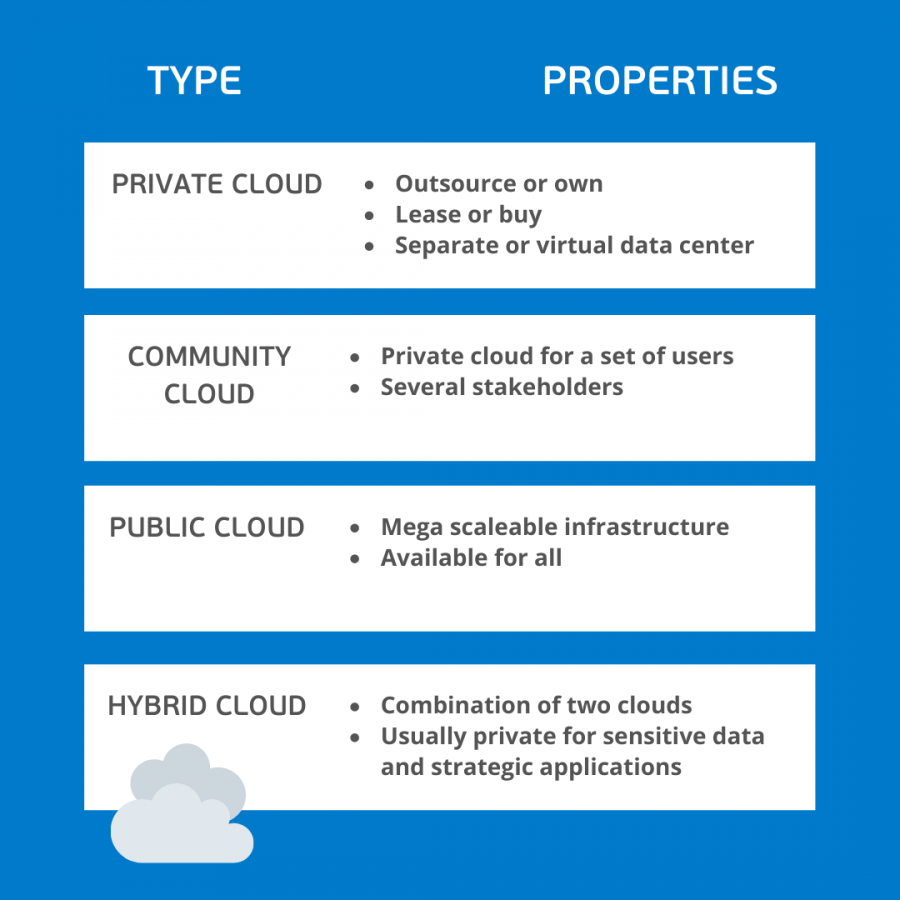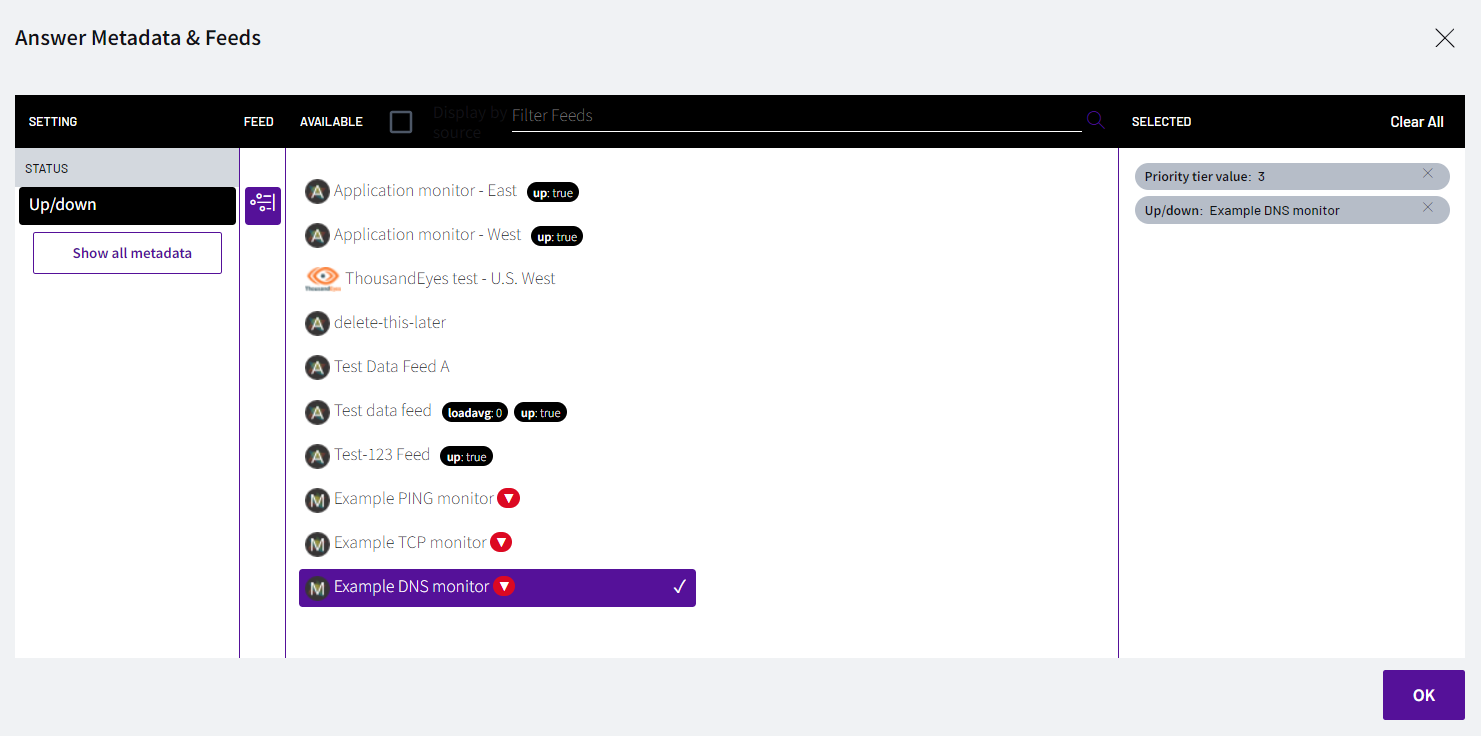
Google is likely to issue a warning about mixed content on your WordPress website. If this happens, you should act quickly and resolve the problem. It could affect your search results and user experience.
To fix a WordPress warning about mixed content, the first thing you should do is check your SSL certificate. This is a critical security feature, and if your certificate is expired, it could be the cause of your error.
One of the most common reasons for receiving a mixed-content warning is when your website is simultaneously loading HTTP and HTTPS resources. These resources include images, scripts and other files. This can happen despite having SSL certification and is particularly bad for Google.

There are many ways to solve this problem, including manually removing all of the insecure HTTP links and using an automatic scan to find them. However, in many cases, these fixes simply mask the real issue.
You can remove all insecure HTTP Links from your site with ssl content check, a free plugin. You can then replace all of the old URLs with secure HTTPS versions.
This method is a great option for websites with a lot of content, as it will quickly fix all of your website's scripts and media files. It allows you select specific themes and plugins that you wish to be corrected.
You can then use a plugin for free called ssl-insecure content fixer, to ensure that all the resources on your website are loaded over HTTPS. This plugin will change all urls to HTTPS automatically and reload the website in a safe way.

Start by logging in to your WordPress Dashboard and navigating to Settings > SSL Content Fixer. Here, you can choose the simplest settings for your site.
The default setting is Simple. This will have the least effect on your site and should solve the mixed content problem for most websites. If it doesn't help, you can test other settings of the plugin.
If you have a lot of content on your site, you might want to consider blocking loading all of the mixed active content on your site. This will help users avoid seeing the mixed-content warning in their address bars and improve your search rankings.
FAQ
What HTML & CSS can I use to create my website?
Yes, you can! Basic knowledge of web design and programming languages such as HTML (Hyper Text Markup Language), and CSS (Cascading Stil Sheets) is required. These two languages make it possible to create websites accessible by all who have an internet connection.
WordPress is a CMS?
The answer is yes. It is called a Content Management System. CMS allows you control your website content using a web browser and not an application like Dreamweaver, Frontpage or Frontpage.
The best part about WordPress is that it's free! You don't have to pay for anything other than hosting, which your ISP usually provides.
WordPress was initially intended to be used as a blog platform. Now, WordPress offers many different options: eCommerce sites, forums. Membership websites. Portfolios.
WordPress is simple and easy to install. Download the file from their website, and then upload it to your server. Simply visit the domain name from your web browser, and then log in to the new site.
After installing WordPress, it's necessary to register for a username. Once you've logged in, you'll see a dashboard where you can access all of your settings.
You can now add pages, posts and images to your site. This step may be skipped if you feel confident editing and creating content.
However, if you prefer to work with someone else, you can hire a professional web designer to handle the whole process.
How do I choose a Domain Name?
It is important to pick a quality domain name. It is essential to have a unique domain name. People will not be able find you when they search your product.
Domain names need to be short and simple to remember, relevant for your brand, and unique. Ideally, you want something that people would type into their browser.
These are some suggestions for choosing a domain.
* Use keywords relevant to your niche.
* Do not use (-), symbols or hyphens.
* Don't use.net or.org domains.
* Avoid using words that are already taken.
* Avoid generic terms like domain or website.
* Make sure it's available.
What is responsive web design?
Responsive Web Design (RWD), is an approach to designing responsive websites. Content will display correctly on all devices, such as smartphones, tablets, laptops, tablets, and desktop computers. This allows users to simultaneously view a website from one device while still being able to access other features, such as navigation menus and buttons. RWD's goal is to ensure that users view the exact same version of a website on every screen size.
A website that sells primarily through eCommerce would be an example of this. You want your customers to be able to purchase products from your store, even if they are viewing it on a phone.
A responsive website will adapt its layout to suit the device it is being viewed on. Your laptop will view the website exactly as a normal desktop site. However, if you're viewing the page on your phone, it will display differently.
This allows you to create one website that works on all devices.
What is a "static website"?
A static site can be hosted anywhere. This includes Amazon S3, Google Cloud Storage. Windows Azure Blob storage. Rackspace Cloudfiles. Dreamhost. Media Temple. A static website can be also deployed to any platform supporting PHP, including WordPress, Drupal and Joomla!, Magento, PrestaShop and others.
Static web pages are usually easier to maintain because they're not constantly sending requests back and forth between servers. Because they don't send any requests back-and-forth between servers, static web pages load much faster. Smaller companies with limited resources and the time required to manage websites properly will find static web pages more beneficial.
What types of websites should you make?
This depends on your goals. You may choose to sell products online if you want to build a website. To do this, you will need to create a strong eCommerce website.
Blogs, portfolios and forums are all popular websites. Each one requires different skills and tools. For example, to set up a website, you need to understand blogging platforms such WordPress or Blogger.
It is important to choose the right platform for your site. You can find many free templates and themes for every platform.
After you have chosen a platform, it is time to add content. Pages can include images, videos, text and links.
It is now possible to publish your new website online. Once published, visitors can view your site in their browsers.
Statistics
- At this point, it's important to note that just because a web trend is current, it doesn't mean it's necessarily right for you.48% of people cite design as the most important factor of a website, (websitebuilderexpert.com)
- In fact, according to Color Matters, a signature color can boost brand recognition by 80%. There's a lot of psychology behind people's perception of color, so it's important to understand how it's used with your industry. (websitebuilderexpert.com)
- Studies show that 77% of satisfied customers will recommend your business or service to a friend after having a positive experience. (wix.com)
- It's estimated that chatbots could reduce this by 30%. Gone are the days when chatbots were mere gimmicks – now, they're becoming ever more essential to customer-facing services. (websitebuilderexpert.com)
- Is your web design optimized for mobile? Over 50% of internet users browse websites using a mobile device. (wix.com)
External Links
How To
Drupal 7 Web Design Tips
Drupal is one of the most popular Content Management Systems (CMS) available today. It was originally developed by DriesBuytaert (Belgium) in 2003. The name comes from the two first letters of its developer's names, Dirk Buijtewaard and Pierre d'Herbemont. In 2005, Drupal became open source, and since then, there are many versions of this CMS. Drupal is still used by many companies and websites all over the globe.
Drupal is very popular with website owners for several reasons. It is easy to download and install. It's easy to customize and extend. It is also very well documented. Fourth, it provides great support through forums and IRC channels. Fifth, it is extensible via modules. Sixth, it supports multiple languages. It is easy to customize. It can be scaled. It is also secure. Tenth, its reliability is assured. It is also supported by the community. Drupal is a good choice for your next project due to all of these factors.
You may be wondering what makes Drupal different than other CMS systems. It is very simple. Drupal is an open-source content administration system. This means that it is freely downloadable and completely free to use. Drupal gives you total control over your website. You can add or remove pages, change colors, fonts, images, videos, etc.
If you want to create a website but lack technical skills, then you can choose Drupal. You don't have to be a programmer to build your website, unlike other CMS. Learn how Drupal works. This will allow you to customize your website as per your requirements.
Drupal's many pre-built themes, and plugins are another benefit. These plugins allow you to improve the functionality of your site. For example, you can use the Contact Form module to collect contact information from visitors. Google Maps allows you to display maps on a website. There are thousands of ready-made templates that come with Drupal. These templates give your site a professional look.
Drupal is also flexible. Drupal allows you to add modules or replace existing ones, without worrying about compatibility issues. If you're looking to integrate social networking into your site, you can do this quickly. You can also create RSS feeds and e-mail subscriptions.
Drupal's flexibility is also a plus. Drupal offers many options for customization, including the ability to create custom fields or forms and manage users. Drupal is capable of creating complex layouts.
Drupal is stable and reliable. It is stable and scalable. It has excellent security features. So if you're looking for a good web development platform, then Drupal is worth considering.